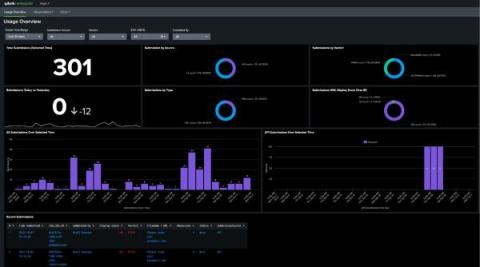ISMS: Information Security Management Systems Explained
One of the best ways to mitigate security incident risk is to have a system. Devising and enforcing policies that you can address systematically is key. After all, it is inadequacies in technologies, people and processes that increase your risk. Examples of these inadequacies include: To address these shortcomings, organizations can establish a systematic framework plus policies for information security. Together, this is called the Information Security Management System (ISMS).









